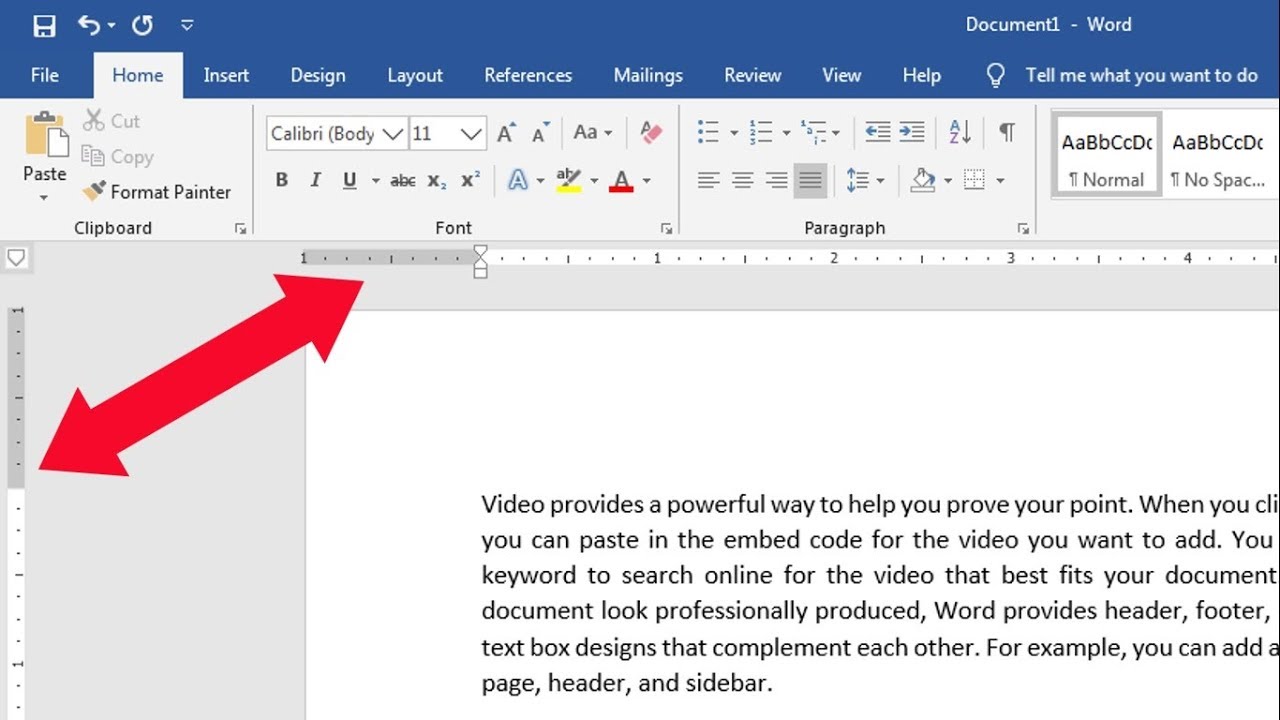
Microsoft Word XP, also known as Word 2002, is a feature-rich word processing software that provides users with a multitude of tools for creating, editing, and formatting documents. Among these tools, the Ruler stands out as a versatile and powerful feature for controlling the layout and formatting of text and objects within a document. In this extensive guide, we’ll delve into the intricacies of using the Ruler in Word XP, empowering you to harness its full potential and optimize your document creation experience.
Understanding the Ruler:
The Ruler in Word XP is a horizontal bar located at the top of the document window. It consists of two parts: the horizontal ruler, which controls indentation, margins, and tab stops, and the vertical ruler, which controls paragraph spacing and text positioning. Understanding how to utilize the Ruler effectively is essential for achieving precise formatting and layout in your documents.
1. Controlling Margins and Indentation:
Adjusting Margins:
The Ruler in Word XP provides a convenient way to adjust the margins of your document. By dragging the margin markers located on the horizontal ruler, you can easily increase or decrease the margins on the left and right sides of the document, allowing you to customize the layout to suit your needs.
Setting Indentation:
In addition to controlling margins, the Ruler enables you to set indentation for paragraphs and text blocks. By dragging the First Line Indent marker or the Hanging Indent marker on the horizontal ruler, you can adjust the indentation of individual paragraphs or text blocks, creating a clean and organized layout.
2. Using Tab Stops:
Setting Tab Stops:
The Ruler in Word XP allows you to set tab stops to control the alignment of text within a document. By clicking on the Tab Selector located on the horizontal ruler and selecting the desired tab stop type (e.g., left-aligned, center-aligned, right-aligned, or decimal), you can set precise tab positions for aligning text and objects.
Clearing Tab Stops:
If you need to remove a tab stop that you’ve set, you can easily do so by clicking and dragging the tab stop marker off the Ruler, or by right-clicking on the marker and selecting “Clear Tab Stop” from the context menu.
3. Adjusting Paragraph Spacing:
Setting Paragraph Spacing:
The vertical ruler in Word XP allows you to adjust the spacing between paragraphs within your document. By clicking and dragging the Paragraph Indent marker or the Hanging Indent marker on the vertical ruler, you can increase or decrease the spacing between paragraphs, improving readability and organization.
4. Using the Vertical Ruler:
Controlling Text Positioning:
In addition to adjusting paragraph spacing, the vertical ruler in Word XP enables you to control the positioning of text within a document. By clicking and dragging the Text Box Indent marker or the Picture Indent marker on the vertical ruler, you can move text boxes, images, and other objects up or down within the document, achieving precise alignment and layout.
5. Customizing Ruler Settings:
Word XP allows you to customize various settings related to the Ruler to suit your preferences and workflow. By right-clicking on the Ruler, you can access options for displaying or hiding the Ruler, changing the measurement units (e.g., inches, centimeters), and enabling or disabling various ruler features.
Conclusion:
The Ruler in Word XP is a versatile and powerful tool that empowers users to control the layout, formatting, and alignment of text and objects within their documents with precision and efficiency. By mastering the techniques for using the Ruler effectively, you can achieve professional-looking documents that are well-organized, visually appealing, and easy to read. Whether you’re formatting reports, essays, letters, or other types of documents, understanding how to leverage the Ruler will enhance your document creation experience and enable you to unleash your creativity.